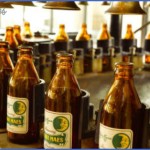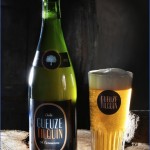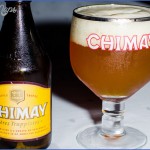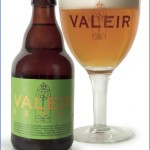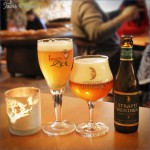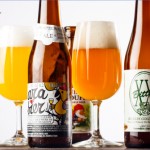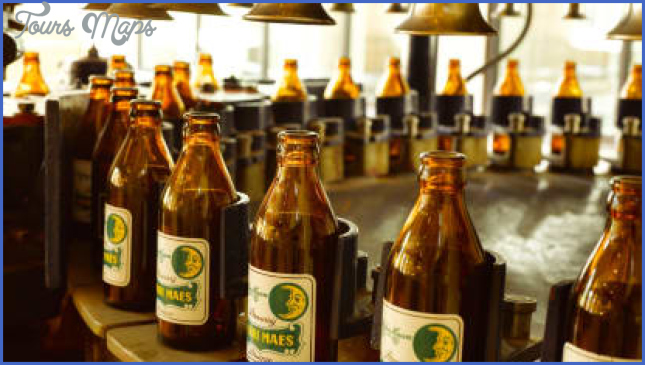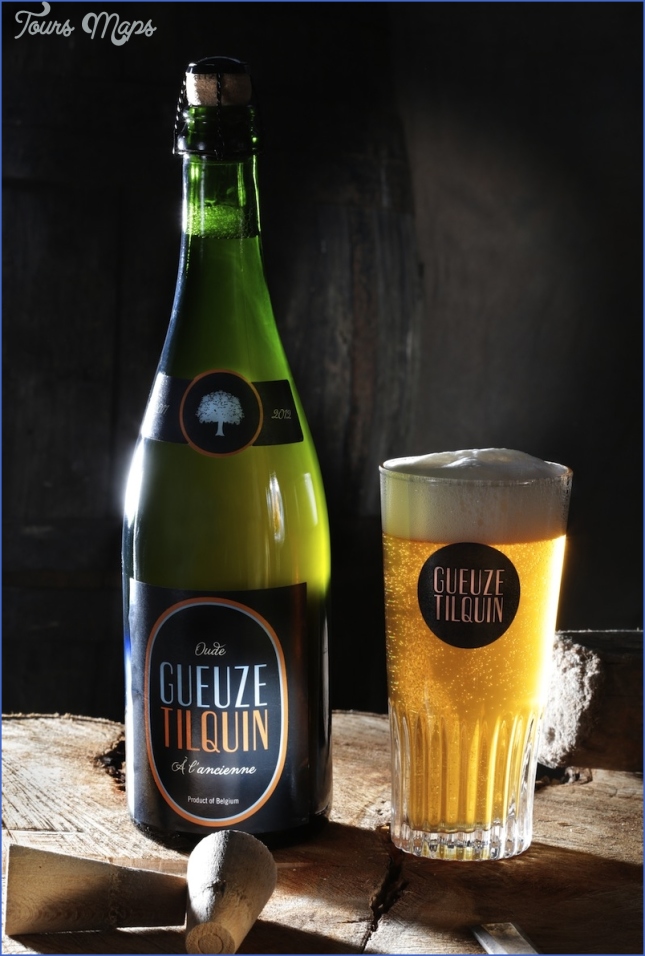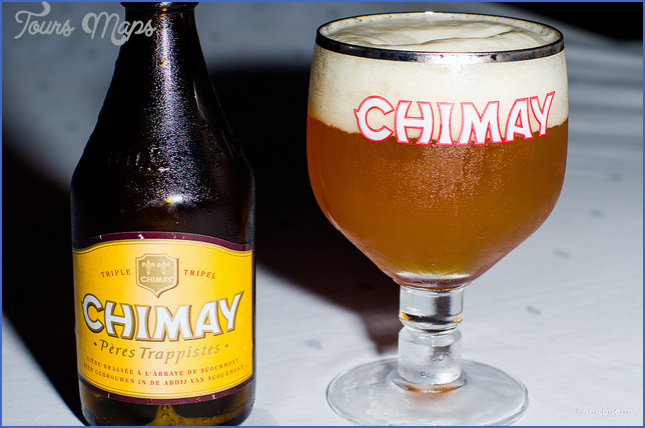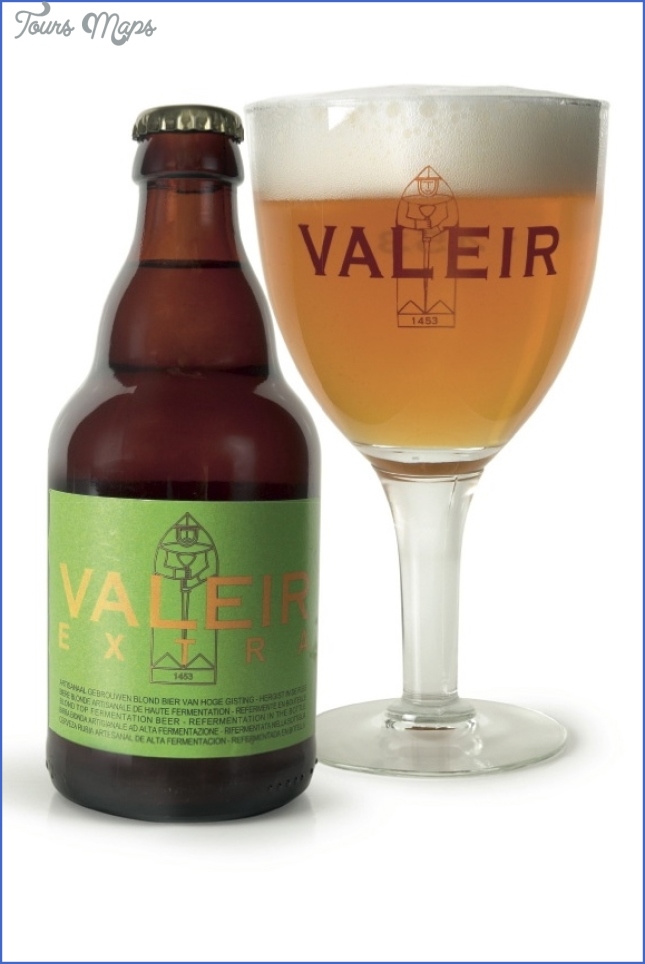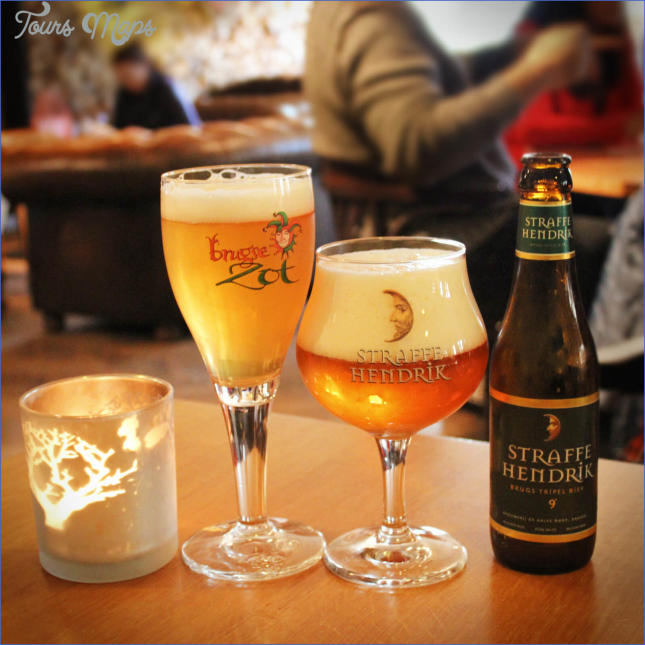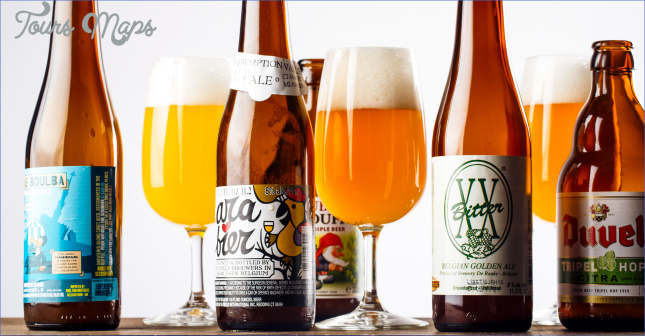You can’t properly understand a beer until you’ve got very drunk on it. That means spending some serious time with the
beer, getting to know it well, to know how it changes as you go from a full glass to an empty one, and from your third glass to your fourth.
Likewise, you can’t fully understand a beer—even a beer you class a favorite—until you see where it’s made and learn what makes that place special, to learn some of its secrets. For example, I never knew where the sweetness in the middle of a Saison Dupont comes from until I walked into the brewhouse and saw a flame driving right to the bottom of a copper tank, creating a hot spot and some caramelized flavors—seeing that fire, it immediately made sense.
Visit Three Classic Belgian Breweries To Better Understand Three Classic Belgian Beers Photo Gallery
So when I started writing this my blog, I knew I had to visit three Beer Bucket List breweries that make beers I love (and beers which I’ve been very drunk on). Here is what I discovered on my visits to Rodenbach, Duvel-Moortgat, and Brasserie Dupont.
You can’t come to Rodenbach without taking a picture very similar to this one. Rodenbach Brewery For the wine of the beer world
If you visit a lot of breweries, then you get used to seeing rows of silver tanks that look like upturned torpedoes. Rarely are these especially interesting to look at, making the cellar section of any brewery fairly samey (and why people tend to take more photos of hoses then conditioning tanks…), which is precisely why some of the most interesting brewery visits include those with huge barrel-aging capabilities or unusual cellars, such as Pilsner Urquell, Cantillon, Wicked Weed’s Funkatorium—and Rodenbach.
At Rodenbach they have 294 wooden foudres, ranging from 2,640 gallons (12,000 liters) to a staggering 14,300 gallons (65,000 liters)— I’ve lived in apartments smaller than their biggest foudres. There’s one vat from 1836 and the oldest still in use is around 120 years old; the “youngest” is about 60 years old. And what happens in these barrels is something magical.
Rodenbach is a mixed-fermentation, red-brown beer and one of the few brands that has kept this old style of beer alive. The beer is sour, but it’s always been a sour product. It’s also a blended beer, mixing old and young beers together, something that takes place to create a perfectly balanced beer, combining sweetness, acidity, and tannin—think of these as a triangle of taste with balance meeting right in the middle. And key to the balance is the pH level, which stays relatively consistent at the point of maximum drinkability and digestibility (about 3.5 pH, which is in the same range as wine, and with non-sour beer being around 4.2 pH). In fact, one of the origins of beer blending is thought to come down to mixing the beer to achieve this optimal pH level.
The brewing process uses colored malts and some corn, and undergoes a decoction mash. They use local Belgian hops, but they’re under the taste level and mainly used for foam and the beer’s general stability.
The yeast is a mix of cultures, including’ some wild yeast and bacteria, and it goes through a warm fermentation. Once that’s finished, one of two things happens: it’s either used young for blending (and doesn’t see any wood) or it goes into those huge wooden foudres, where it can sit for up to four years. It’ll evolve in different directions, with each vessel having its own character, some turning more acidic, others acetic, some fruitier, and others funkier. A bottle of Rodenbach is a combination of that fresh beer from the tank and the aged beer from the foudres.
The standard Rodenbach beer is 75 percent young beer and 25 percent aged beer, meaning you get a sweeter, fruitier beer with just a little sourness and some pleasing caramel, cherry, and apple flavors—it has the playful fruitiness of youth, but lacks the complexity of age. The Grand Cru is a more interesting beer with a mix of one-third young to two-thirds old beer, and it has a great sweet-sour balance, nice woody tannins, lots of fruitiness, an apple-like acidity, and some balsamic qualities. They also bottle Vintage, which comes from just one foudre (with perhaps a small amount of young beer to perfect the balance), and you might get to taste the Foederbier straight from the barrel. This can vary hugely from barrel to barrel, but has a coarser quality in general, in my opinion needing the younger beer’s sweetness to create a complete beer.
Rodenbach is the wine of the beer world; its acidity is closer to a Burgundy than a Brown Ale, and it’s an excellent beer to go with food. The taste is an idiosyncrasy, something that’s been preserved by the brewery and which we can still see and experience today. The cellars lined with hundreds of big wooden barrels are one of those rare sights in the beer world that is capable of leaving you speechless—no big silver tank has ever had quite the same impact.
The Lowdown
WHAT: Rodenbach Brewery
HOW: Tours and visits are by appointment. You can find details on the Rodenbach website (www.rodenbach.be).
WHERE: Spanjestraat 133, 8800 Roeselare, Belgium
Rodenbach, the wine of the beer world.
Maybe You Like Them Too
- Belgium Map Tourist Attractions
- Brussels Subway Map
- Belgium Map
- Belgium Metro Map
- Belgium Subway Map

